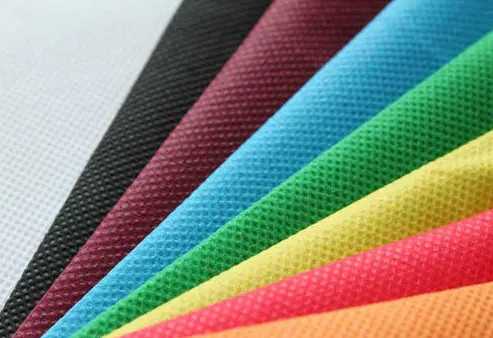
NewsInformation Center
What else does the fabric breathability tester do?
2022/12/07
Fabric breathability test and principle
Breathability testing is based on a fixed pressure difference as the benchmark for breathability testing. The pressure difference specified in the test standard of each country is not *. For example, the United States ANSI/ASTM, K773, FS191/5450 and Japan JISL1096 provides 127.4Pa (13mm water column); France NF G07-111 provides 196Pa (20mm water column); Germany DIN 53387 provides 100Pa (10mm water column) for clothing fabrics, 160PA for parachute fabrics ( 16mm water column), filter fabrics and industrial fabrics for 200Pa (20mm water column); British BS5636 provides for 98Pa (about 10mm water column) and so on. Our new standard stipulates that the garment fabric is 100Pa (about 10mm water column), and the industrial fabric is 200Pa (20mm water column).

The breathability requirements of different fabrics vary greatly. Even if it is the same fabric, due to different application requirements, the pressure difference between the two sides of the fabric is often different. Therefore, different pressure drops should be selected for testing according to the material properties and application requirements of the fabric itself.
Role:Air permeability and air resistance test for polyurethane, PVC, leather, textile, non-woven and other materials, air permeability test for separation membrane, sponge, carpet, non-woven, paper, leather.
Permeability is the permeability of gases to polymeric materials such as films, coatings, fabrics, etc. It is one of the important physical properties of polymers and is related to the structure, phase state and molecular movement of polymers. The permeability of a fabric is the volume of air flowing through the unit area of the fabric per unit time at a certain pressure difference. There are two general ways for gas to pass through the fabric: interwoven gap and interfiber gap, and interwoven gap is the main way.
Conform to the standards: GB/T5453, AFNOR G07-III, ASTM737, ASTM3.574, BS5.636, DIN53.887, EDANA140.1, ENISO7.231, JISL1.096-A, TAPPIT251
Main technical parameters.
1.Differential pressure range:0 ~ 4000 Pa
2. Measurable air permeability: 0.2-12826 mm/s
3. Measurement error: ≤ 2%
4. Measurable fabric thickness: ≤ 12mm
5. Intake adjustment: data feedback dynamic adjustment.
6. Sample area fixed circle: 5cm2 20cm2 50cm2 100cm2.
7. Nozzle: a total of 11.
8. Power: Ac220V 10V 50Hz 1200W
9. Appearance: 820 × 600 × 1300 mm (L × W × H)
10.Weight:65Kg.
Previous: International News: 2022 Pakistan Cotton Textile Enterprises Are in Crisis
N e x t : 4 tips for stable performance of UV Aging Test Chamber



